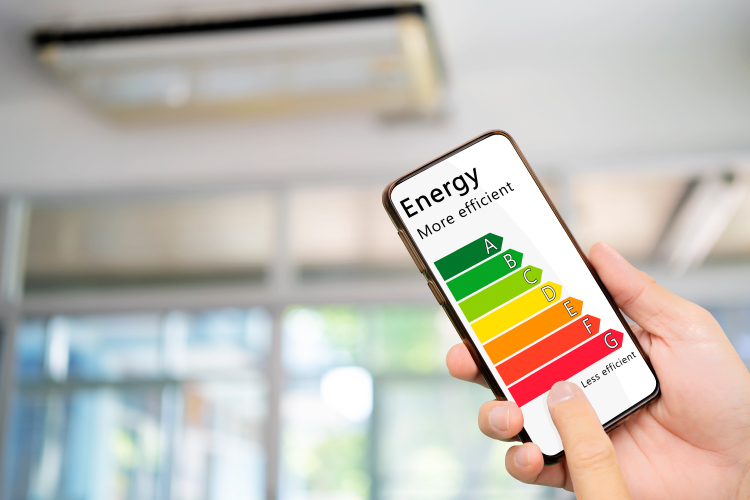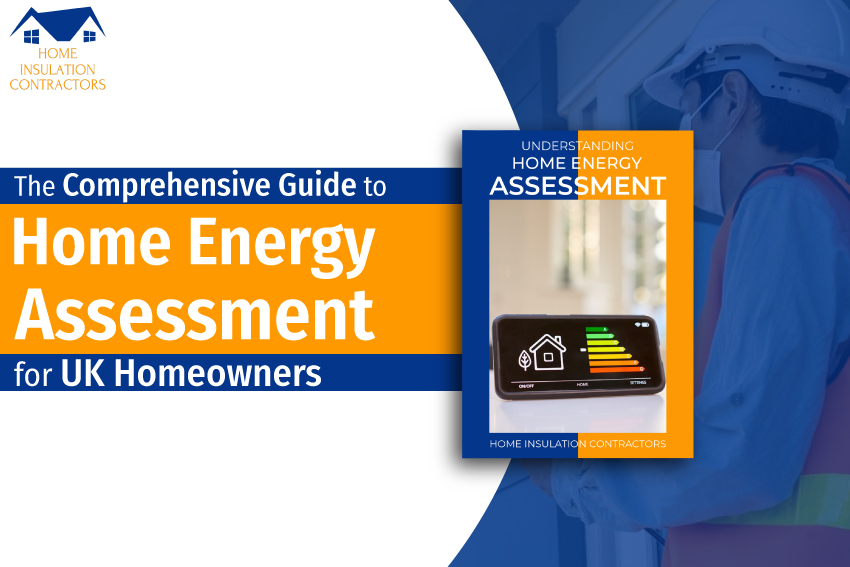In an era where energy efficiency and sustainability are more important than ever, understanding your home’s energy consumption is crucial. But how can you determine where your home stands in terms of energy efficiency? The answer lies in a comprehensive Home Energy Assessment. This process, conducted by professionals, provides a detailed insight into your home’s energy usage, and identifies areas for improvement. In the quest for energy efficiency and cost savings, the Home Energy Assessment for Homeowners in the UK has become an essential tool. In this article, we delve into what a Home Energy Assessment is, how it works, and how it can help you reduce energy costs and contribute to a more sustainable environment. This comprehensive guide will walk you through the process, benefits, and potential savings of a home energy assessment.
What is a Home Energy Assessment?

A Home Energy Assessment, also known as a Home Energy Audit, is a comprehensive process that determines how energy-efficient a house is and identifies areas for improvement. This process is an essential step for homeowners looking to reduce their energy consumption, save on energy costs, and contribute to a more sustainable environment.
A professional surveyor usually conducts the assessment, ensuring a thorough and effective inspection. The surveyor uses a variety of tools and tests to inspect different components of the house, including heating and cooling systems, insulation, appliances, and lighting. The goal is to identify any air leaks, inefficient appliances, or other factors that could be contributing to high energy usage. After the assessment, the professional provides a detailed report that includes an analysis of the home’s energy usage, a list of recommended upgrades or repairs, and an estimate of potential energy savings. These recommendations can help homeowners make informed decisions about how to improve their home’s energy efficiency and reduce their energy costs. Home Energy Assessment is a valuable tool for homeowners. While there may be an upfront cost, the long-term savings and benefits make it a worthwhile investment.
Step-by-Step Guide to a Home Energy Assessment
A home energy assessment is a meticulous process that involves several steps. Here’s a more detailed look at each step:
Step 1: Hiring a Professional
The first step is to hire a professional assessor. This professional will have the necessary training and tools to conduct a thorough inspection of your home’s energy use. They will also be able to provide you with a detailed report of their findings and recommendations for improvement.
Step 2: The Inspection
The inspection is a comprehensive process that involves examining various aspects of your home. Here’s what it entails:
- Heating and Cooling Systems: The assessor will test your heating and cooling systems to ensure they are operating efficiently. They will check for leaks or inefficiencies and may also inspect the ductwork and filters.
- Insulation: The assessor will check the insulation in your home, including in the walls, roof, and floors. They will look for any gaps or areas where the insulation is insufficient.
- Appliances and Lighting: The assessor will check the efficiency of your appliances and lighting. They may use an energy monitor to measure the energy use of individual appliances.
- Air Leaks: The assessor will check for air leaks around windows, doors, and other areas. They may use a blower door test, which involves installing a special fan in a doorway to depressurize the house and reveal air leaks.
Step 3: The Report
After the inspection, the assessor will provide a comprehensive report. This report will include:
- An Energy Performance Certificate (EPC) that rates your home for energy efficiency.
- An occupancy assessment that measures how much energy you and other occupants are using.
- A list of recommended improvements, along with an estimate of their cost and potential energy savings.
The Benefits of a Home Energy Assessment
A home energy assessment offers several benefits:
- Cost Savings: By identifying areas where your home is losing energy, you can make improvements that reduce your energy bills. The actual savings will depend on the extent of the improvements and the future cost of energy.
- Increased Comfort: Improving your home’s energy efficiency can also increase your comfort. For example, better insulation can keep your home warmer in the winter and cooler in the summer. Eliminating air leaks can also reduce drafts and cold spots.
- Environmental Impact: By reducing your home’s energy use, you can also reduce your carbon footprint. This is an important step towards a more sustainable future.
- Improved Home Value: Energy-efficient homes are increasingly in demand. By improving your home’s energy efficiency, you can increase its value and appeal to potential buyers.
Remember, a home energy assessment is not just about saving money. It’s also about improving your comfort, reducing your environmental impact, and making your home a better place to live.
Conclusion
A Home Energy Assessment for Homeowners in the UK is a comprehensive and efficient tool to increase your home’s energy efficiency, save money, and improve your comfort. By following the steps in this guide, you can achieve significant savings and contribute to a greener future.


